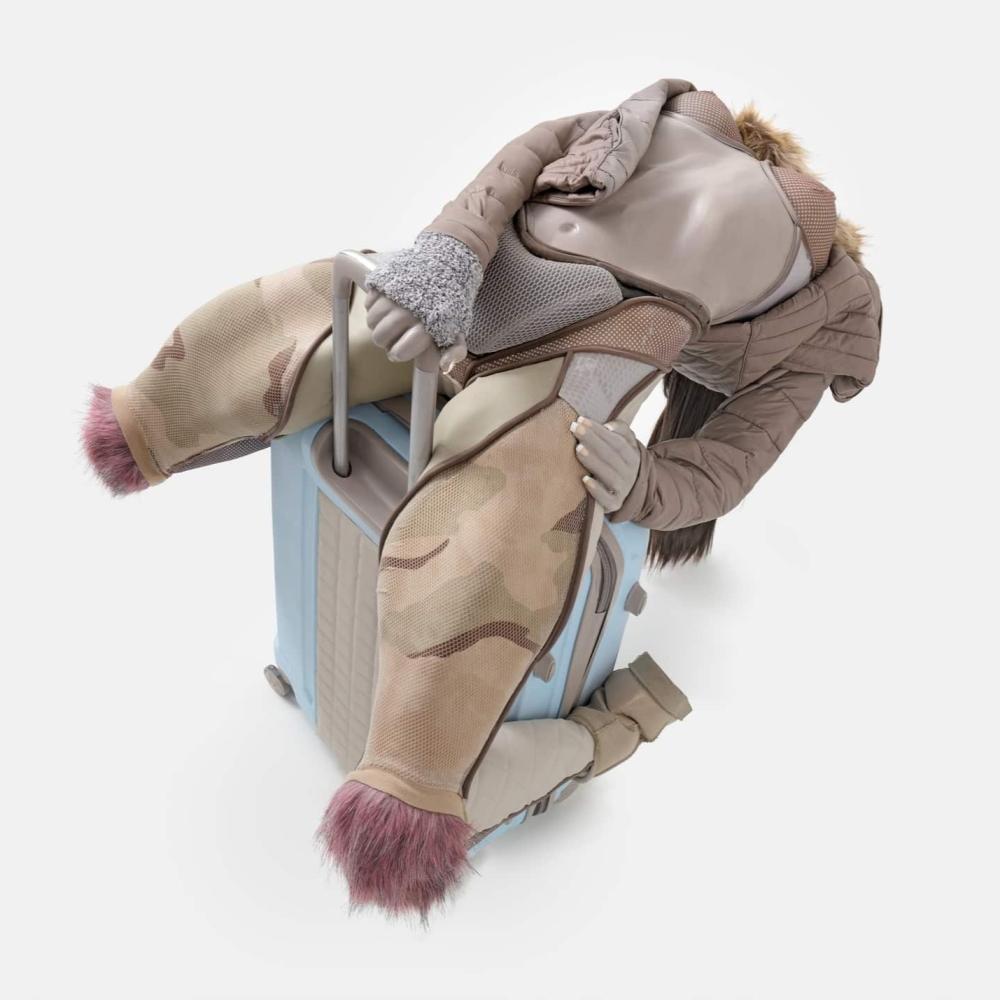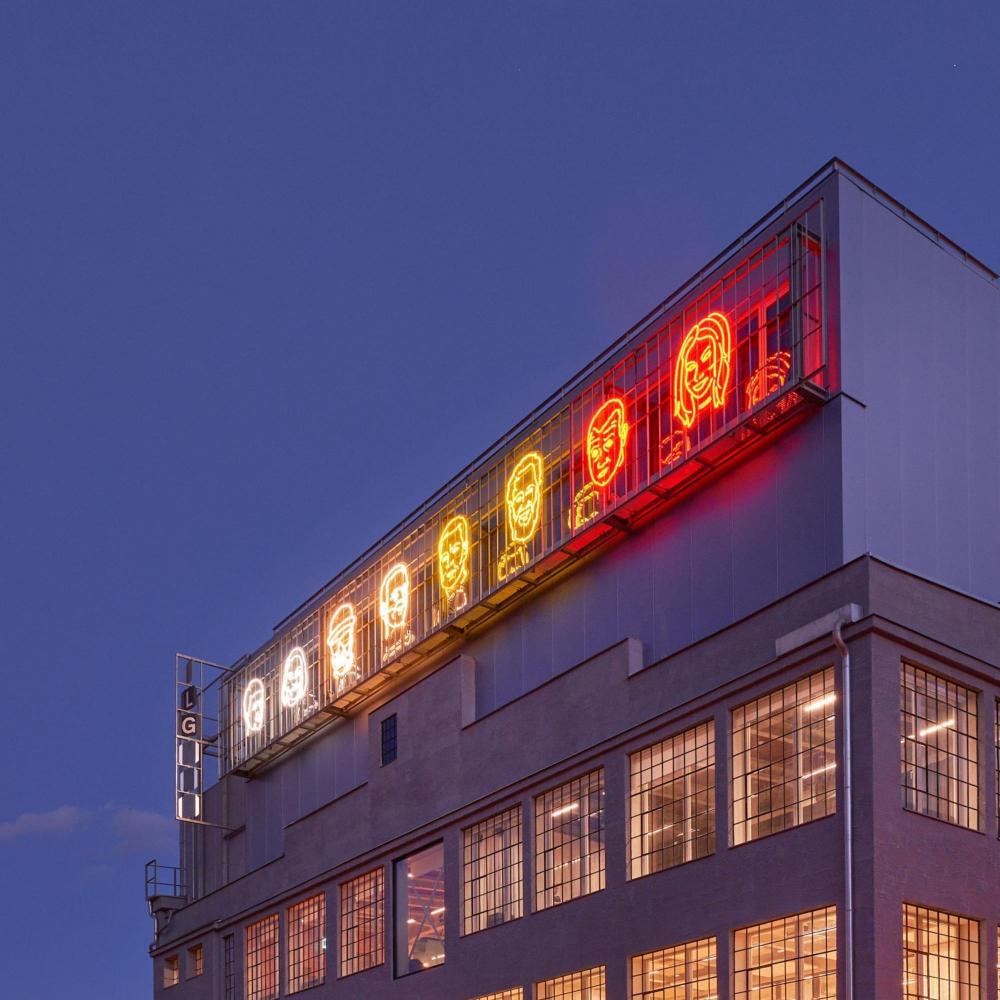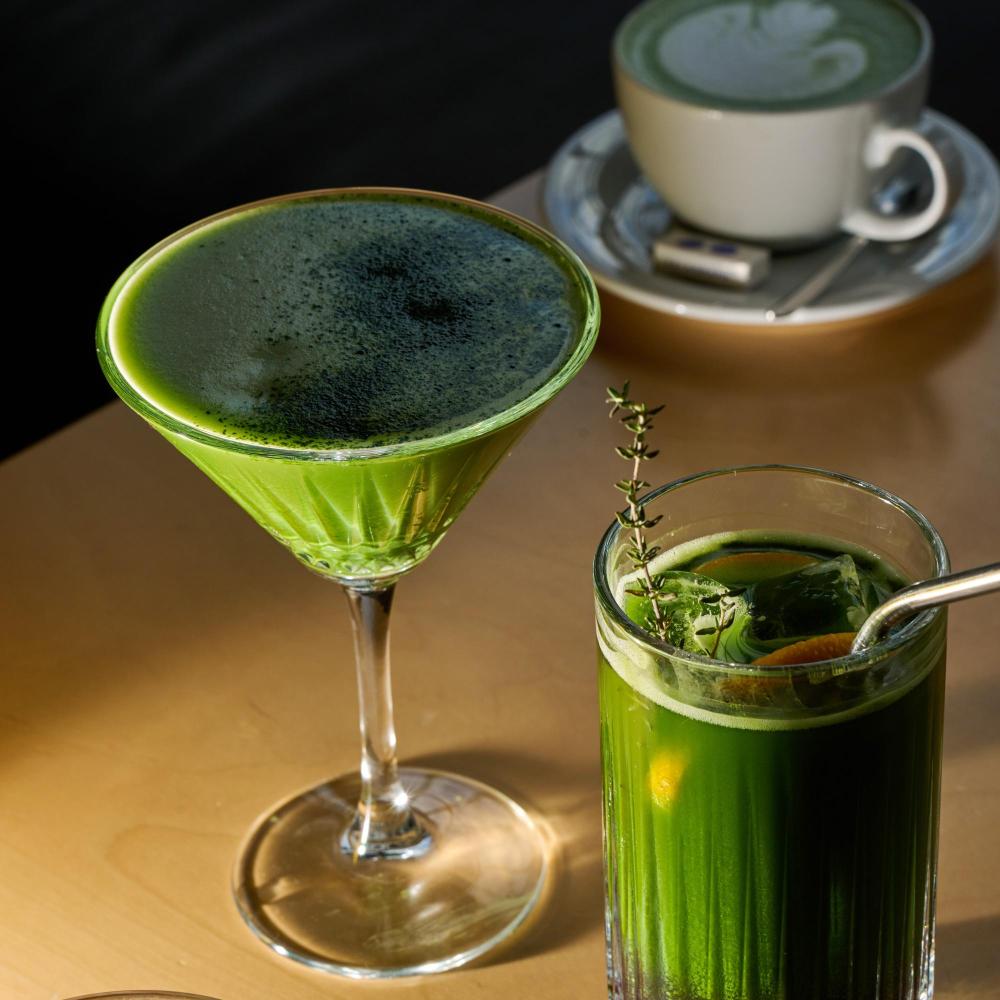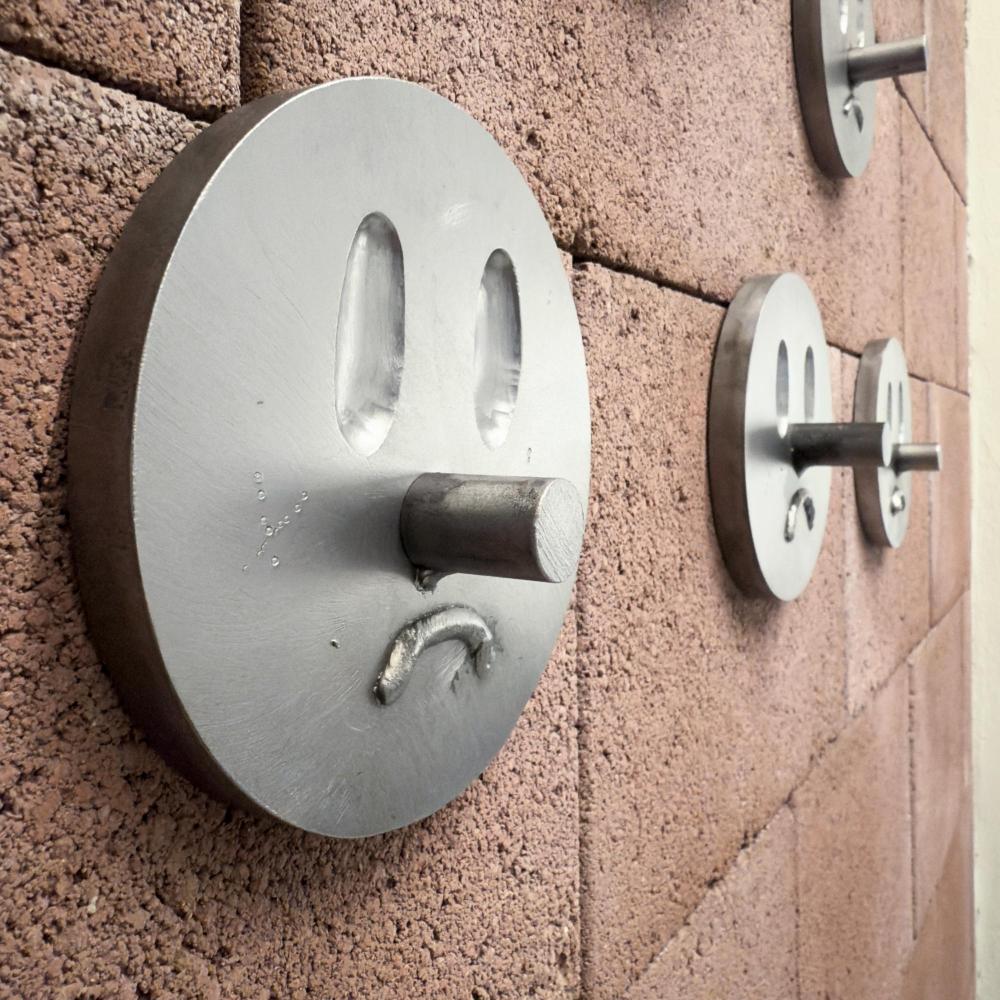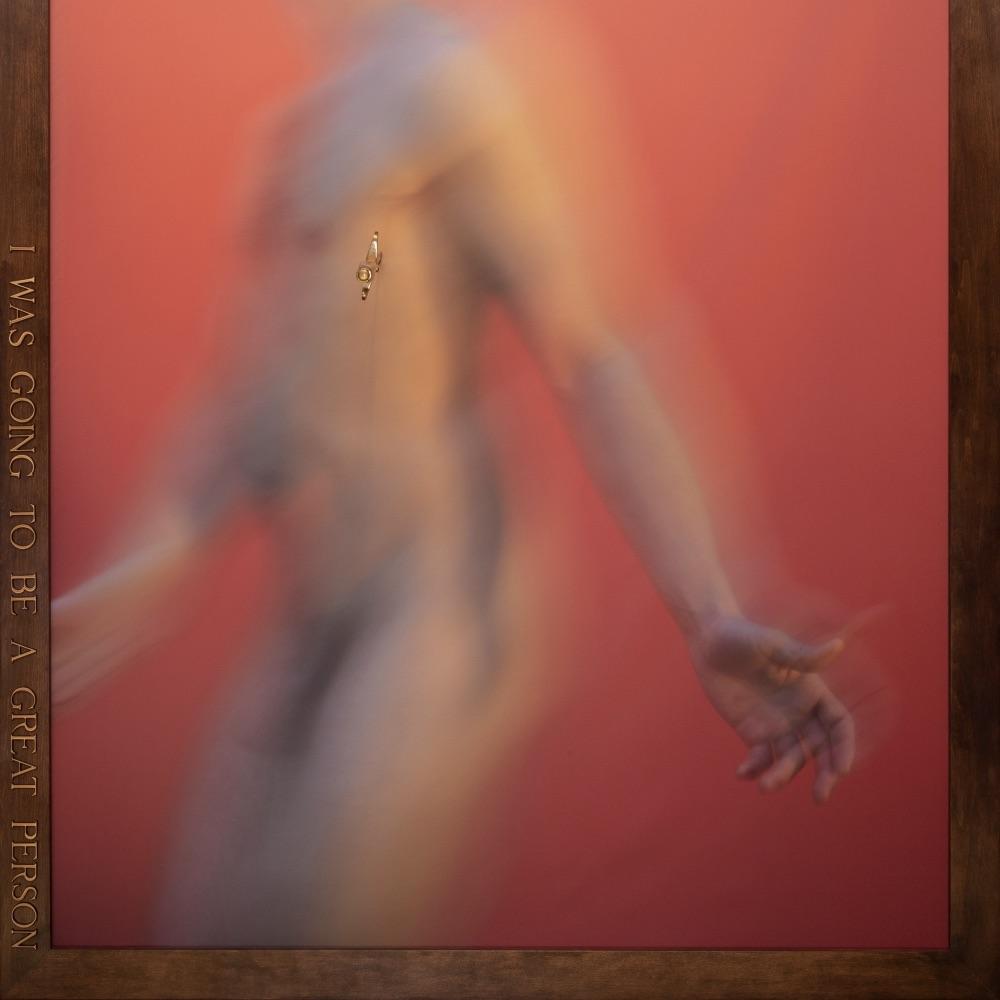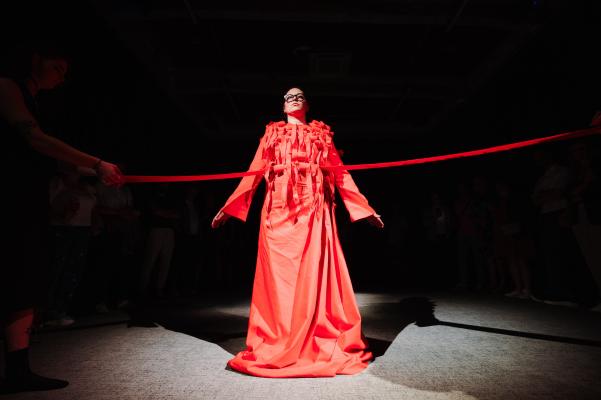
Your work explores themes such as care, trauma, collective memory, and identity. What has been the audience response to your work, and what reactions have affected you the most?
The responses I receive are often intimate and emotional. People tell me that my work has opened something within them, a memory, a silence, a feeling they hadn't put into words. What touches me most is when viewers recognize their own experience in my work, especially around motherhood. So many mothers have come to me and said, "Thank you for seeing me," or "Thank you for saying it." It's a reminder that the personal can be collective, and that sharing vulnerability creates connection.
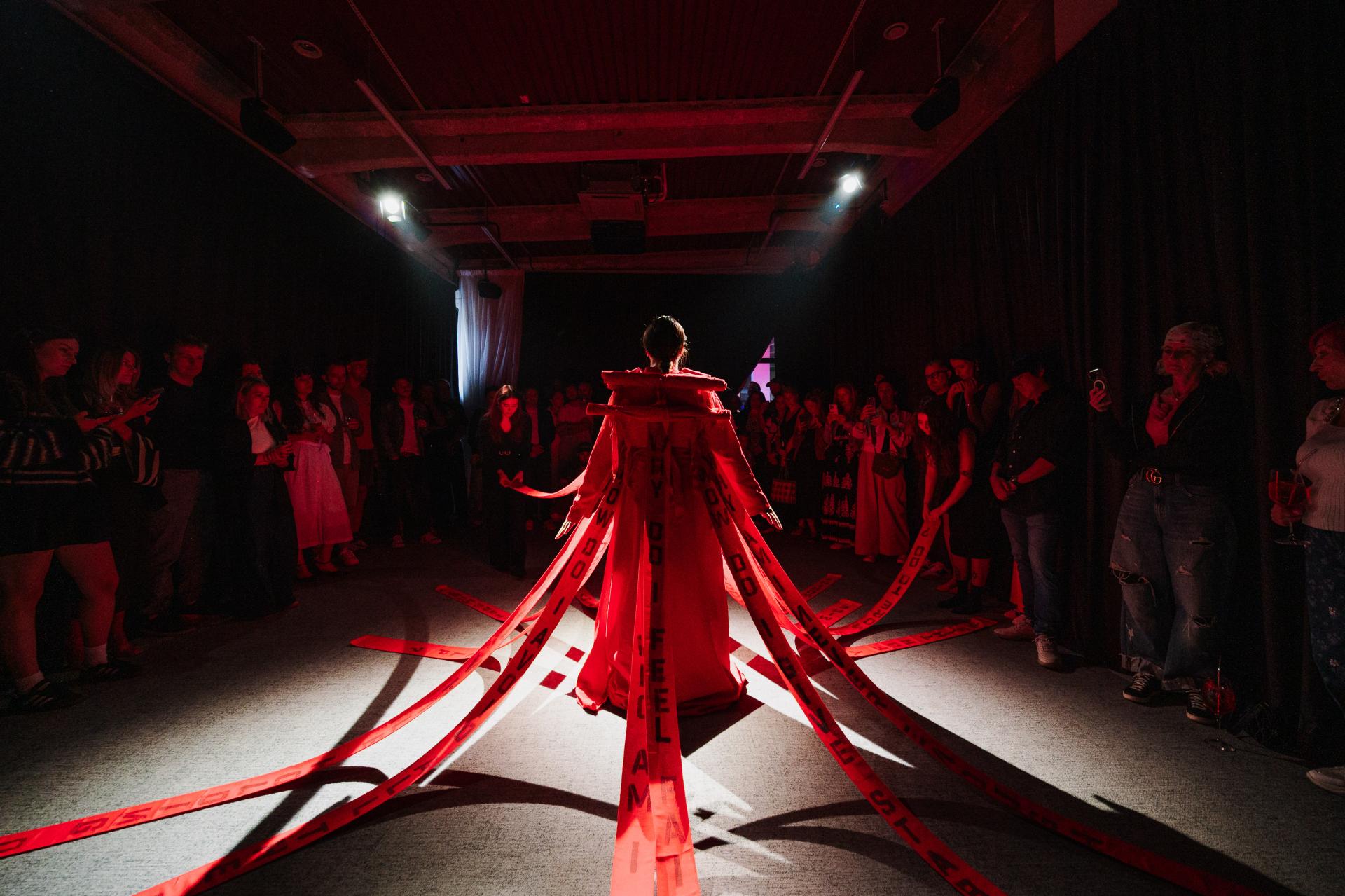
In your project Recollections Like Threads, Woven Through Time, you use techniques such as weaving, cutting, and copying. In which ways are these techniques closer to you than, for example, traditional drawing or painting, and how do you choose materials for individual projects?
I use methods like cutting and weaving because they reflect how I understand memory and identity, not as linear or polished, but as layered, fragmented, and shifting. In Recollections Like Threads, Woven Through Time, the process of creating the works, mirrors the process of revisiting shared memories with family members and friends. This approach shapes how I begin new projects: each one starts with a conceptual or emotional question, and the materials emerge in response.
Weaving often becomes a language of connection, while removal or distortion speaks to absence and loss. I return to paper, ink and fabric because they carry the intimacy of the domestic and the everyday. Ultimately, I want the act of making to remain as engaged, physically and emotionally, as the themes themselves, so that process and material are inseparable from meaning.
In your work, you often deal with the ambivalence – you explore the coexistence of opposing emotions and ideas within a single moment. When have you felt this ambivalence most strongly?
I felt it most strongly when creating Who is Taking Care of the Caregiver?, a piece drawn directly from my lived experience of motherhood. Writing the concept was uncomfortable; I felt exposed, even ashamed, to admit how difficult and consuming care work can be, but as I shaped the performance, especially a list of invisible tasks that so many mothers recognised, I began to feel a sense of power. Naming what is usually hidden created a strong resonance with other mothers. The tension between shame and strength, between silence and recognition, didn’t disappear when I first performed the work. It stayed and I’m learning to let it stay. That, for me, is a part of the work: to hold contradiction without needing to resolve it.
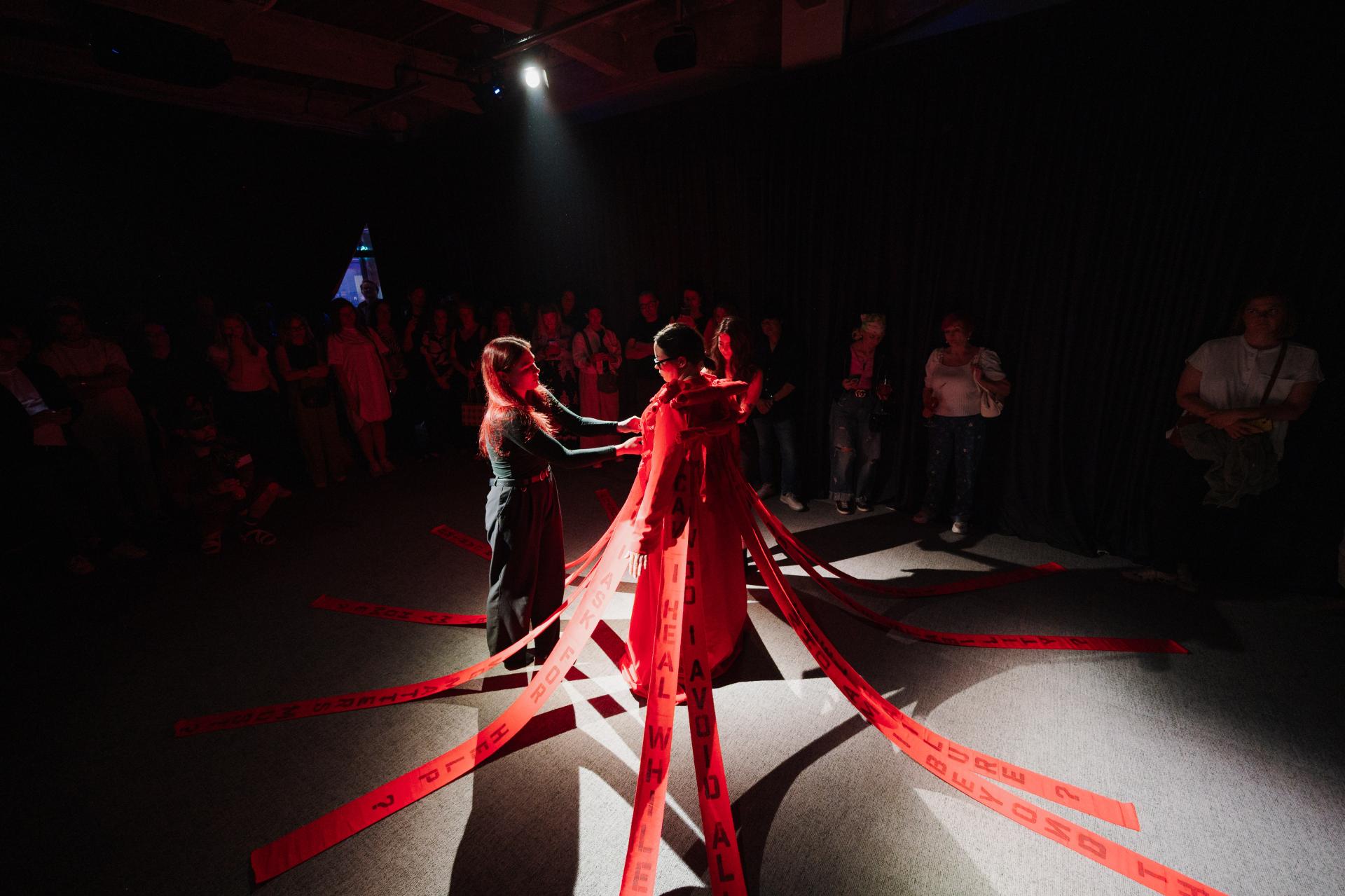
The Reimagining Memories project was created by analysing photographs of your former partners. What meaning did fragmenting and reworking these memories through a photocopier have for you?
Using a photocopier introduced both distance and repetition, which allowed me to process these personal images. The project began with photographs of men who had shaped my life, but through the act of cutting, enhancing, and reworking, the images became something entirely new, less about the individuals and more like emotional landscapes. The flattening and distortion caused by the copier mirrored the effects of time and emotion, turning private history into something fragile, elusive, and open to reinterpretation.
At the Telegraph Gallery, on the occasion of the opening of Lucie Tallová's exhibition, you presented a performance entitled Who is Taking Care of the Caregiver?, which you mentioned a moment ago. Can you describe the initial impulse behind its creation?
At that time, friends kept telling me I needed to take care of myself, but I didn’t know what that meant anymore. After years of caregiving and mothering, waking up in the night, holding emotional responsibility for everyone, constantly putting my own needs last, I started asking myself: Who is taking care of me?
At first, that question felt private, but as I spoke with other mothers about creating this artwork, I realized how widely it resonated. We were all carrying versions of the same silence. That recognition became the foundation for the performance, allowing me to connect my lived experience with a broader, shared reality: one that is urgent, under-recognized, and impossible to keep hidden. I knew it needed to be made public, especially now, when care work is still gendered and undervalued, burnout is normalized, and exhaustion is treated as a personal failure rather than a structural condition. The performance is both a personal reckoning and a public call to acknowledge the invisible labour of care.
The performance Who is Taking Care of the Caregiver was first presented at your solo exhibition Caution M/other in Berlin, which explored the themes of motherhood and caregiving. How does this performance differ from the rest of the exhibition?
While other works in Caution M/other explored care through participatory work, text, and objects, this performance placed the mother’s body at the center. The audience is drawn into direct engagement: they witness, listen, and inhabit the tension of the performance. The work conveys the mental load of caregiving, offering multiple points of attention, spoken words, written text, and a dress that changes as the viewer decides where to look. This layering creates a disorienting, immersive experience that mirrors the constant negotiation and vigilance inherent in motherhood.
During the performance, you wear a dress with red fabric strings. Was there a deeper meaning behind your choice of colour?
Yes. Red is never neutral. It references blood, birth, pain, warning, but also connection and love. It was the best choice to express the ambivalence between sacrifice and tenderness.
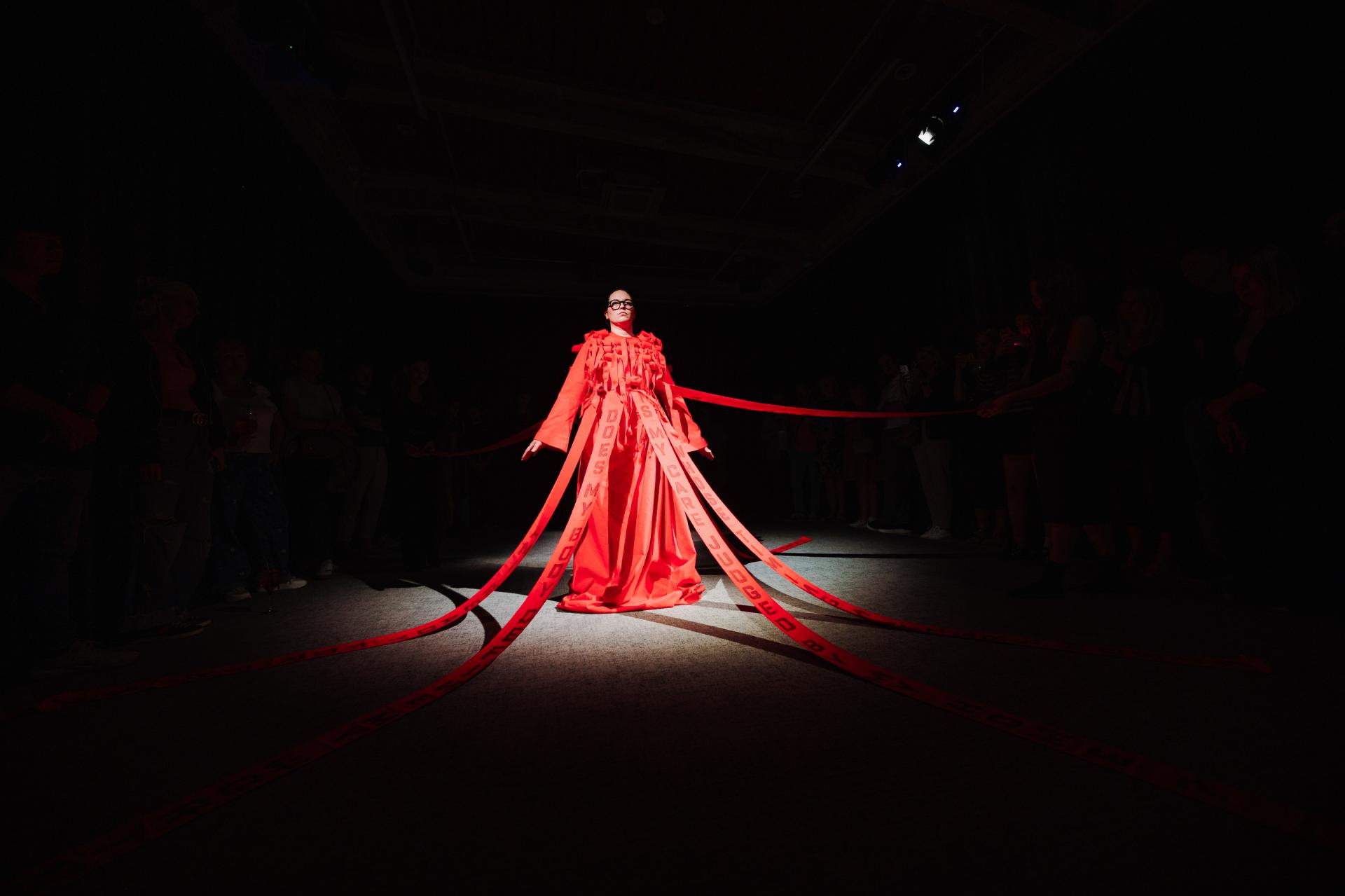
As a Slovenian living in Berlin since 2012, how has migration influenced your identity and your work? Has your move to Germany changed the way you create?
Moving didn’t just change where I live, it shifted how I understand myself. I’ve had to renegotiate my identity again and again: as an artist, a mother and as a woman. Living in a different culture made me more aware of my own heritage, inherited beliefs, and family history, things I had never questioned before. This distance allowed me to see certain patterns more clearly, especially around gender roles, shame, and upbringing. This clarity now shapes both the content and the form of my work.
What project or theme appeals to you in the coming years? Are you planning any exhibitions outside Slovenia or Berlin?
I’m interested in revealing more of my personal story and connecting it to wider structural conditions, as I did in Who is Taking Care of the Caregiver?. That work made it clear that care is not only a theme, but a way of thinking, working, and being with others.
Lately, I’ve been asking how we can experience care with our senses, through scent, gesture or texture and how it shapes our relationship to space. I’m exploring what I call a topology of care: how care moves between people, leaves traces, and forms invisible architectures around us. I want to create work that isn’t only seen, but felt, in the body, in the air, in the silence between gestures.
My upcoming exhibitions continue to explore these directions. I have several shows scheduled across Germany and Slovenia in the coming year, but first, I’ll be travelling to Varna this September to present Who is Taking Care of the Caregiver? as part of the third edition of BUNA, Forum for Contemporary Art. I look forward to sharing the work in a new context and to deepening the conversation around care, embodiment, and the often overlooked complexities of motherhood.

